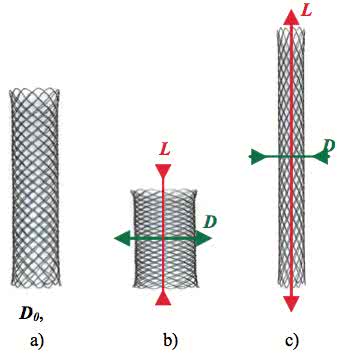PHY3111 Study Guide - Final Guide: Apical Ectodermal Ridge, Knockout Mouse, Cas9
12 views2 pages
Document Summary
How the fate of cells is followed: marking cells by injecting them with dyes, or by transplanting marked tissue, traced using genetic & cellular markers. Fate maps can be generated using these approaches. Single cell rna sequencing: collect embryos at different stages of development -> dissociate into single cells & barcode -> sequence rna in each cell -> using bioinformatics, generate a map of related cells. Defect experiment (remove part of an embryo & look at consequences): example: apical ectodermal. Ridge (aer), a structure present in developing limb buds, was removed. The more was cut, the shorter the limb. Transplantation experiment (transplant part of an embryo to another site & look at consequences): cells in a blastula stage frog embryo are transplanted into another region & their fate observed. Experiments identified the dorsal lip (spemann organiser) as a signalling centre responsible for patterning the embryo. We can use crispr-cas9 to knockout and modify genes in mice.

